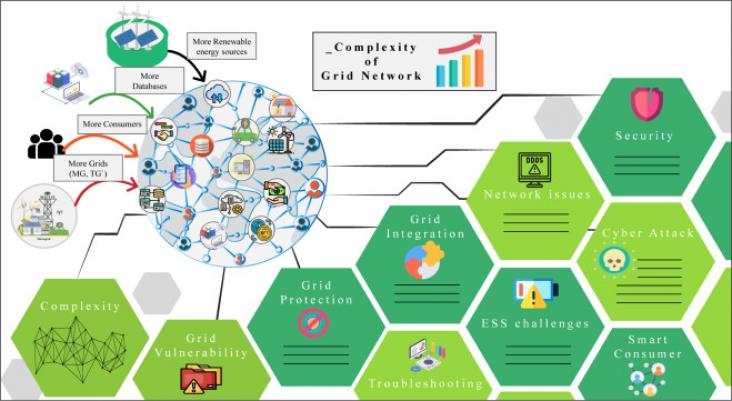Power System Protection in Future Smart Grids: Achieving Reliable Operation with Renewable Energy, Electric Vehicles, and Distributed Generation, Volume , 1 January 2023
Non-Destructive Testing and Condition Monitoring Techniques in Wind Energy, Volume , 1 January 2023
Wind Energy Engineering: A Handbook for Onshore and Offshore Wind Turbines, Volume , 1 January 2023
Monitoring and Control of Electrical Power Systems using Machine Learning Techniques, Volume , 1 January 2023
Renewable Energy - Volume 2: Wave, Geothermal, and Bioenergy Definitions, Developments, Applications, Case Studies, and Modelling and Simulation, Volume , 1 January 2023

